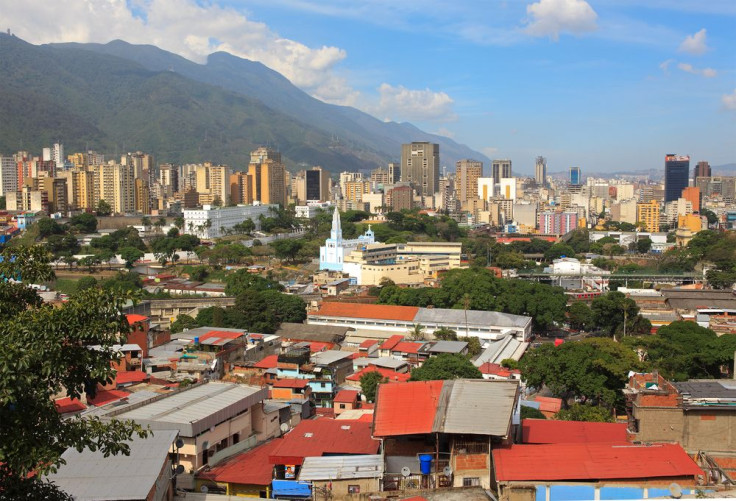Venezuela's Economy Will Continue To Suffer In 2014: Analysts Predict Further Recession And Devaluation Of The Bolivar

If there were an award for the messiest year in Latin America, Venezuela would win it by a landslide. Currency problems, drastic shortages and political wars marked a 2013 that began with the death of Comandante Hugo Chávez in early March. Since then, successor and current President Nicolás Maduro has been trying to carry on his legacy at any cost -- and many fear that is bringing the country close to collapse.
Whether Maduro's failing policies or the so-called “economic war” Maduro is accusing his opposition of waging are to blame, Venezuela entered a recession in 2013. GDP suffered a 0.4 percent contraction this year, according to estimates by Trading Economics. This, in a year when Venezuela dealt with 42 percent inflation, and the Venezuelan bolívar dropped 32 percent against the U.S. dollar.
However, the government has inaugurated a reform agenda that might put the country back on track in 2014.
GDP growth
Maduro's government presented its budget proposal for 2014 on Tuesday, based on steady economic growth and inflation slowing considerably -- an optimistic outlook.
Finance Minister Nelson Merentes said at the presentation that the $87 billion budget targeted GDP growth of 4 percent. “Some people laugh,” said Merentes, “But the people know that this government knows how to solve difficult problems.”
It was assumed that Merentes was addressing the opposition, led by Henrique Capriles, but he could have just as well be addressing the international community. Not even the most upbeat forecast predicts growth that high. The United Nations, through the Economic Commission for Latin America and the Caribbean, predicts growth of a mere 1 percent, as does Trading Economics.
Local analysts are not even that forgiving: Caracas-based think tank Síntesis Financiera predicted another year of recession: 2014 would see the economy shrink 2.5 percent.
Inflation
During the presentation of the budget, Merentes said that inflation this year will be at a rate between 26 percent and 28 percent.
However, independent analysts believe the real number might be well above that. Johns Hopkins University Professor Steve Hanke calculated that real inflation might be in the triple digits, with a 283 percent implied annual inflation rate for 2013.
Tackling such hyperinflation will be one of Maduro’s biggest challenges. Trading Economics predicts it will go down, however not by as much as the government says: By the end of this year, the rate will be 31 percent. On the other hand, Síntesis Financiera predicts inflation will actually skyrocket to over 50 percent in the next 12 months.
Currency
The Venezuelan bolívar had the dubious honor of being the most devalued Latin American currency of 2013. The official rate against the dollar dropped a whopping 31.72 percent in the last 12 months, bringing the exchange to 6.3 bolívares per $1.
The budget maintains the official exchange rate at 6.3 per dollar, fixed by the government’s tight controls, though the actual rate is double on the black market.
Analyst agree on this matter, saying that the bolívar will continue to drop in the next 12 months. Ford Motor Co. (NYSE:F), which released its outlook for 2014 on Wednesday, expects the currency to drop to an official rate of 12 bolívares per dollar, which could mean a $350 million hit for the company as as result.
Tamara Herrera at Síntesis Financiera told Caracas newspaper El Universal that the Venezuelan Foreign Exchange Administration Commission will resort to selling foreign currency at two different rates: The current exchange of 6.3 per dollar will be kept for basic imports, whereas remaining items will be imported at an exchange of 12 bolívares per dollar.
--
(Note: Caracas photo by Shutterstock.com.)
© Copyright IBTimes 2024. All rights reserved.



















